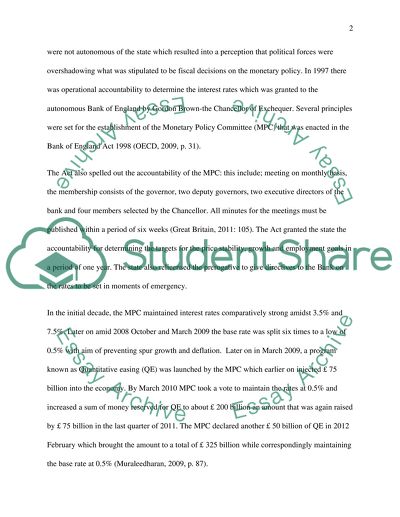Cite this document
(FINANCIAL MARKETS AND MONETARY POLICY Coursework - 1, n.d.)
FINANCIAL MARKETS AND MONETARY POLICY Coursework - 1. https://studentshare.org/finance-accounting/1609686-financial-markets-and-monetary-policy
FINANCIAL MARKETS AND MONETARY POLICY Coursework - 1. https://studentshare.org/finance-accounting/1609686-financial-markets-and-monetary-policy
(FINANCIAL MARKETS AND MONETARY POLICY Coursework - 1)
FINANCIAL MARKETS AND MONETARY POLICY Coursework - 1. https://studentshare.org/finance-accounting/1609686-financial-markets-and-monetary-policy.
FINANCIAL MARKETS AND MONETARY POLICY Coursework - 1. https://studentshare.org/finance-accounting/1609686-financial-markets-and-monetary-policy.
“FINANCIAL MARKETS AND MONETARY POLICY Coursework - 1”. https://studentshare.org/finance-accounting/1609686-financial-markets-and-monetary-policy.


